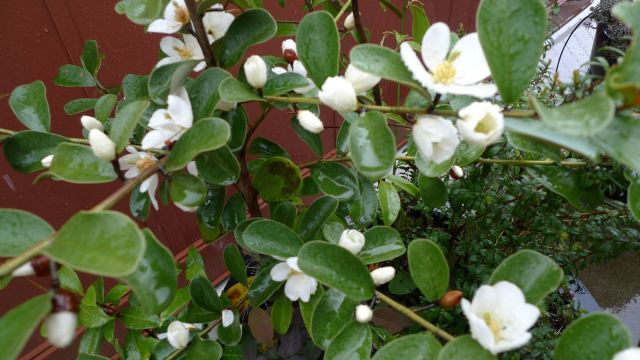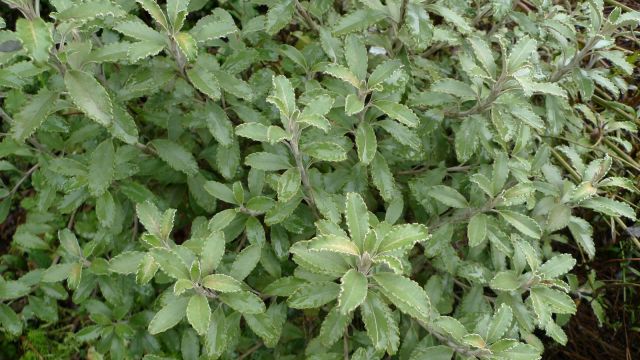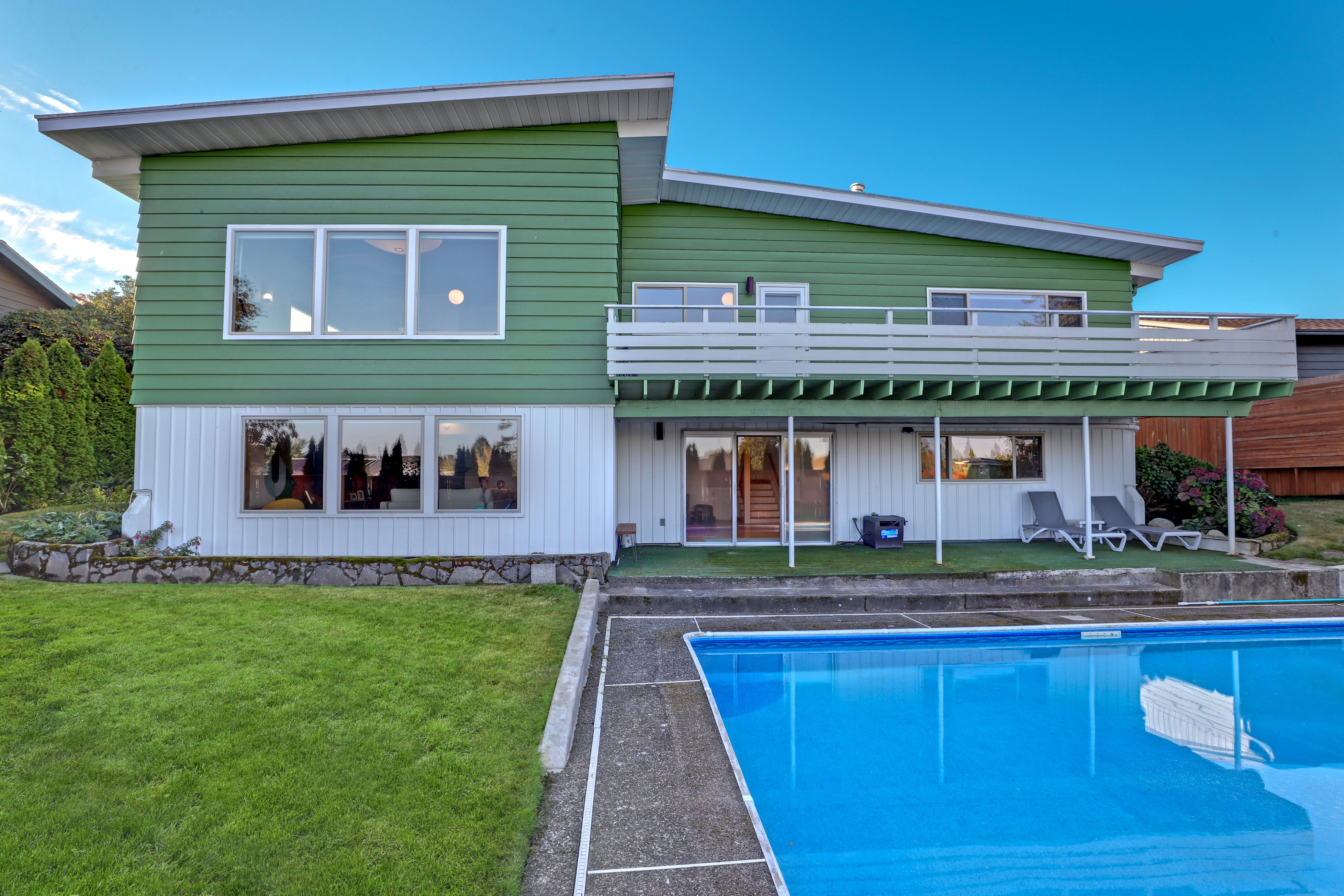Five Surefire Winter Interest Plants for Portland Gardeners

Magnolia laevifolia
Image: Kate Bryant
Every winter, I am more appreciative of the design benefits provided by broadleaf evergreens. Not to diss conifers – they have their own considerable nostalgia and wintery charm, particularly around the holidays. And - of course! - winter-flowering plants are divine. But broadleaf evergreens – non-coniferous plants that hold on to their foliage in winter – offer warm shades of green to the garden when it’s cold, desolate and gray outside. It’s heartening to look out the window at vibrant green foliage in winter and to see the garden’s structure intact, year-round.
When maintained with a natural branching structure (not tightly clipped), broadleaf evergreens also provide valuable habitat for overwintering songbirds. What could be better than to look out into the garden in January and see beautiful, green trees and shrubs, offering birds food and shelter from the weather?
There are hundreds, perhaps thousands, of great broadleaf evergreen perennials, shrubs and trees suitable for Pacific Northwest gardens. Here are five especially charming ones that thrive in the Portland area, look good year-round and are especially valuable for their winter appeal.
Evergreen magnolias – top pick: Magnolia laevifolia - This 8-18’, densely rounded, broadleaf evergreen tree or large shrub bursts into sweetly, creamily fragrant white blossom in March. The cinnamon-brown buds are an ornamental feature of their own, starting in late autumn. Some summer water is helpful.
Tasmanian pepper bush (Tasmannia lanceolata). A dense, tidy 6-12' shrub with slender, almost olive green leaves, burgundy stems and tiny green flowers. Can grow in damp places or slightly dry, but best where it receives some summer water. A great, subtle winter framework shrub.

Brachyglottis 'Crustii'
Image: Kate Bryant
Daisy bush (Brachyglottis sp.): top pick: Brachyglottis ‘Crustii’. There are several types of Brachyglottis but Crustii has the prettiest foliage and has proven to be one tough customer. Sun-loving and tolerant of drought or modest watering, Crustii has silvery-green, ripply-margined foliage and occasional acid-yellow daisy flowers in early summer. Crustii gets about 3’ tall by 4’ wide, rather quickly.
Arctostaphylos sp. Top pick: Arctostaphylos bakeri ‘Louis Edmunds’. Manzanitas are hot right now, and with good reason. They are the archetypal perfect plant for our climate, tolerating winter rain and summer drought, as well as heat and hot summer sun. Just keep them from receiving excessive summer water. Louis Edmunds is less spreading than most tall manzanitas (about 6’ tall x 4’ wide) and has round, gray-green leaves, sinewy reddish bark, beautiful pink, urn-shaped flowers in spring and pink winter buds. The dusky reddish-orange fruit are enjoyed by birds and the flowers provide valuable nectar for hummers.
Mock orange (Pittosporum tobira): top pick: Pittosporum tobira ‘Tall n’ Tough’. There are many reasons to love this plant, including the fact that it’s the hardiest of the P. tobira clones. It’s a large shrub or small tree to about 10’ tall and nearly as wide, with dark green, slightly cupped leaves and, in late spring, some of the most sweetly scented, white flowers around. It also tolerates dry sun or shade, although flowering is best in sun.




